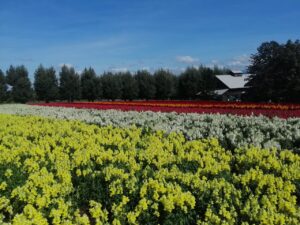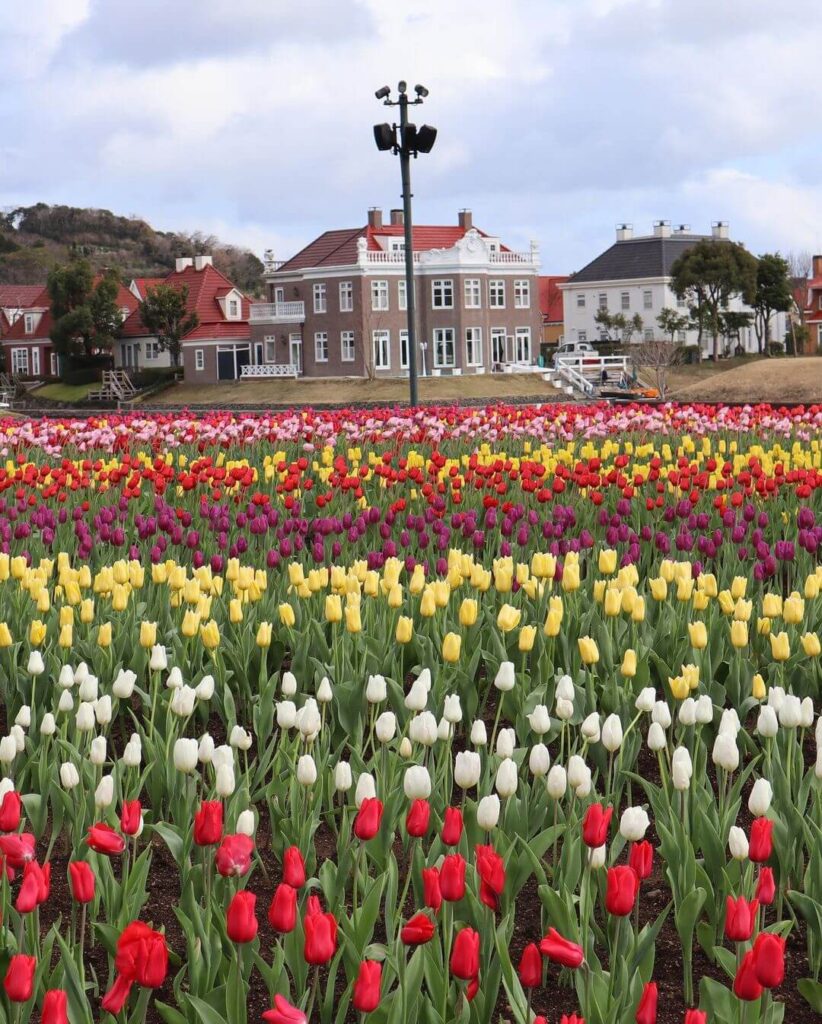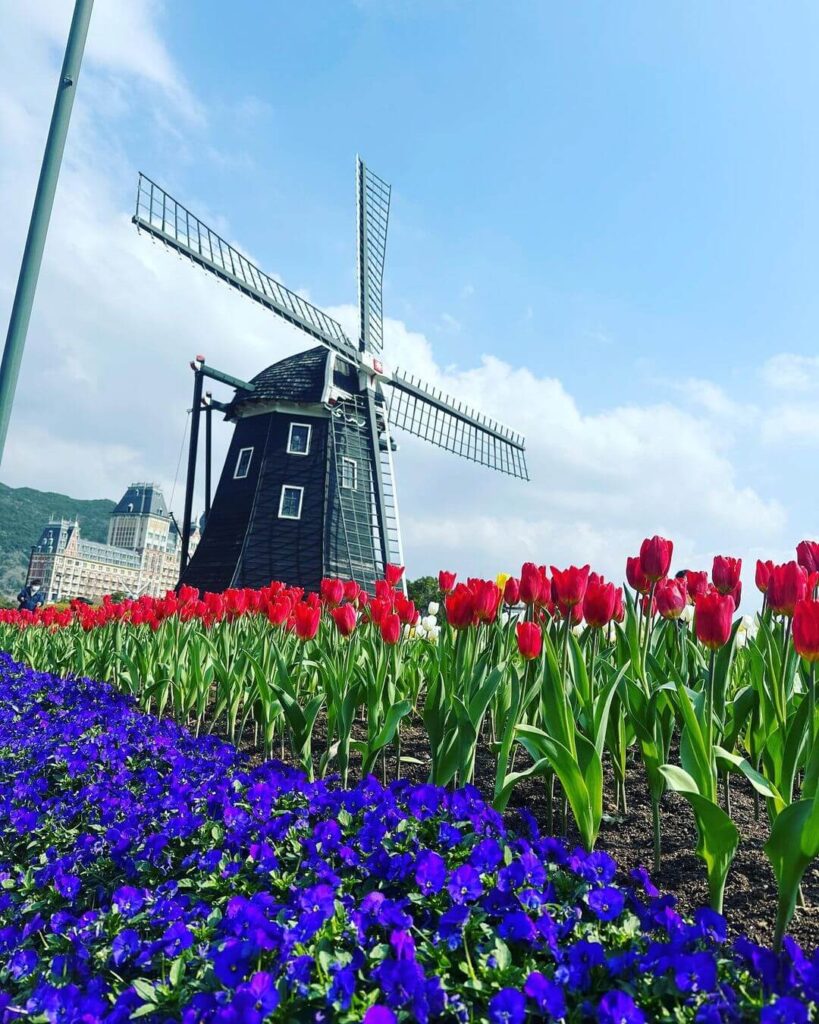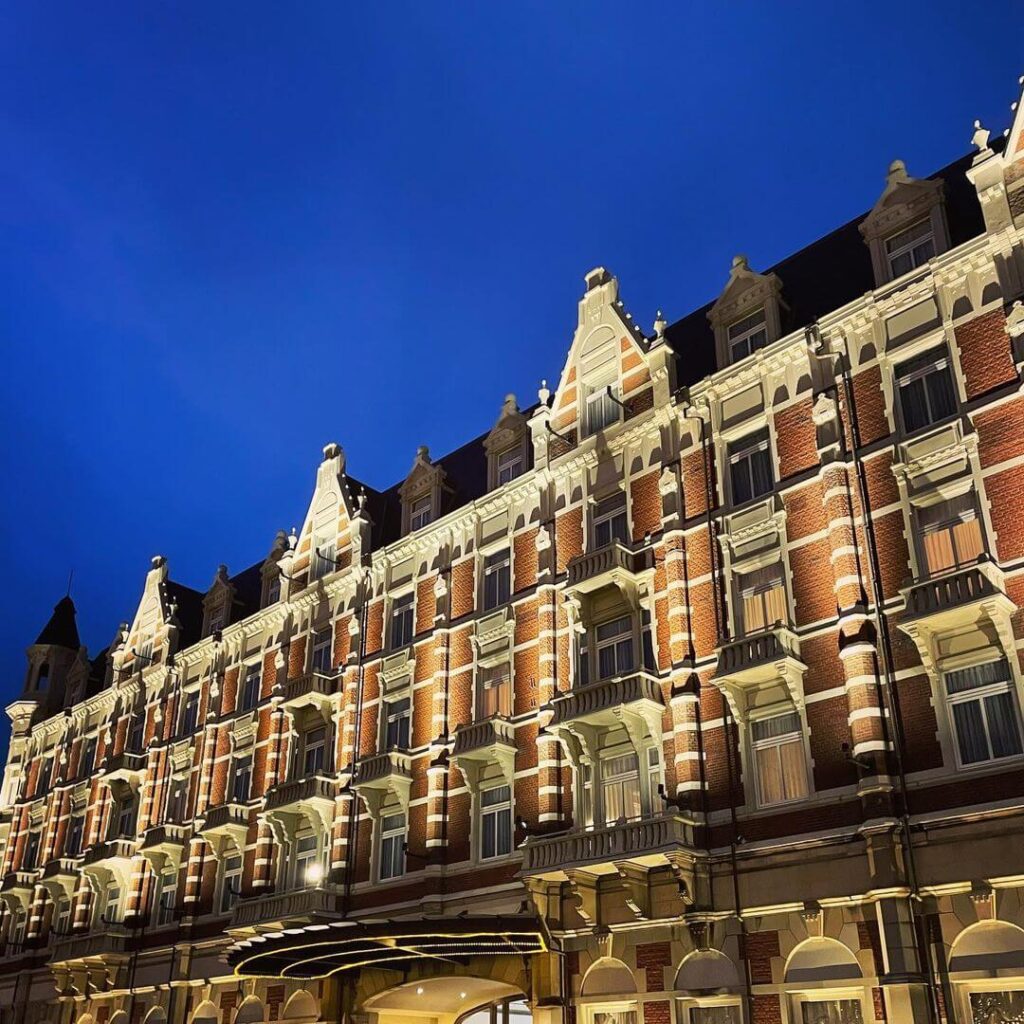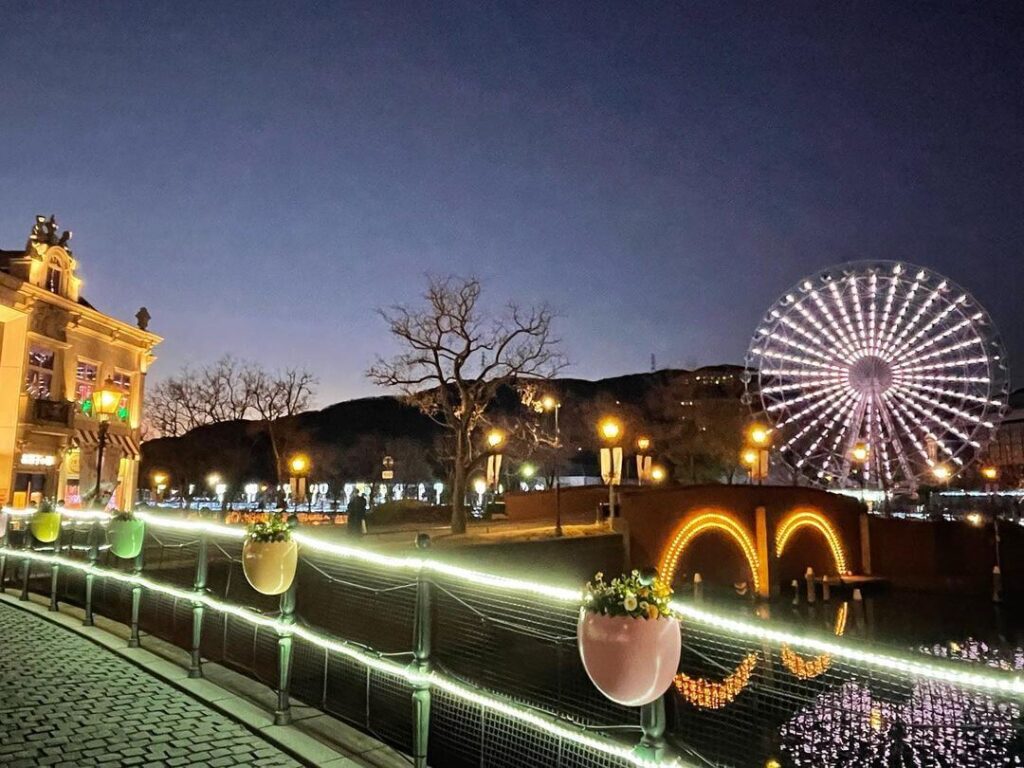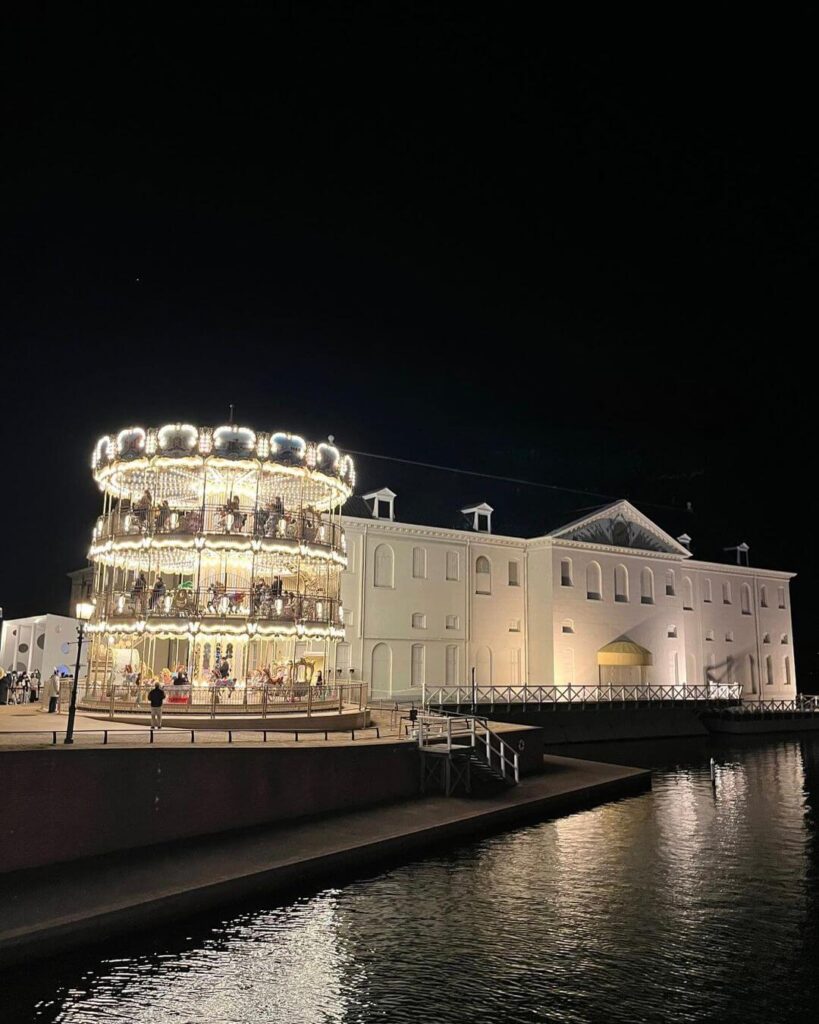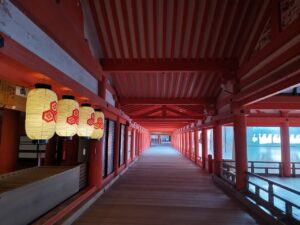Huis Ten Bosch is a unique and fascinating theme park located in Sasebo, Nagasaki Prefecture, Japan. The park, which opened in 1992, is named after the Dutch royal palace, Huis ten Bosch, and is designed to resemble a Dutch town. With its picturesque canals, colorful windmills, and charming streets, Huis Ten Bosch is a popular destination for visitors from all over the world. In this article, we will explore the history and attractions of Huis Ten Bosch.
History of Huis Ten Bosch
The idea for Huis Ten Bosch was first proposed in the early 1980s by the president of the electronics company, Kyushu Sanyo Electric Co., Ltd. His vision was to create a park that would replicate a Dutch town, complete with canals, windmills, and traditional architecture. The company spent years researching and planning the park, and in 1992, Huis Ten Bosch finally opened to the public.
The park was an immediate success, attracting millions of visitors in its first few years. However, the park faced financial difficulties in the early 2000s and was eventually sold to H.I.S. Co., Ltd., a Japanese travel agency, in 2010. Since then, Huis Ten Bosch has undergone significant renovations and improvements, including the addition of new attractions and the modernization of existing ones.
Attractions at Huis Ten Bosch
Huis Ten Bosch is home to a wide variety of attractions and activities, making it a fun destination for visitors of all ages. One of the park’s most popular attractions is the Dutch-style canal boat ride. Visitors can board a boat and travel down the canals, taking in the sights of the park’s colorful windmills and picturesque buildings.
Another must-see attraction at Huis Ten Bosch is the Flower Road. This pathway is lined with more than 1 million flowers, creating a breathtaking and colorful display. The flowers change with the seasons, so visitors can enjoy a different view depending on when they visit.
For thrill-seekers, Huis Ten Bosch has several exciting rides, including the Python Looping Coaster and the Desperado. The Python Looping Coaster is a roller coaster that takes riders through a series of twists, turns, and loops, while the Desperado is a thrilling drop ride that takes visitors to the top of a tower before plunging them back down to the ground.
In addition to its rides and attractions, Huis Ten Bosch is also home to a number of shops and restaurants. Visitors can shop for souvenirs and Dutch-inspired merchandise, or enjoy a meal at one of the park’s many restaurants. Some of the most popular dishes include Dutch-style pancakes, Belgian waffles, and stroopwafels.
The park also hosts a variety of events throughout the year, including a tulip festival in the spring, a summer music festival, and a winter illumination event. These events draw large crowds and add to the festive atmosphere of the park.
Overall, Huis Ten Bosch is a unique and entertaining destination that offers something for everyone. Whether visitors are interested in rides, shopping, or simply strolling through the picturesque streets, they are sure to have a memorable experience at this Dutch-inspired theme park in Japan.
Conservation Efforts at Huis Ten Bosch
In recent years, Huis Ten Bosch has become increasingly committed to environmental conservation and sustainability. The park has implemented a number of measures to reduce its environmental impact and promote sustainable practices.
One of the most significant steps taken by Huis Ten Bosch is the installation of a large solar power generation system. The system consists of more than 25,000 solar panels, making it one of the largest in Japan. The solar panels generate enough energy to power a significant portion
of the park, reducing its reliance on non-renewable energy sources.
Huis Ten Bosch has also taken steps to reduce its waste and promote recycling. The park has installed more than 200 recycling bins throughout the grounds, and has implemented a composting program to turn food waste into fertilizer. In addition, the park has switched to biodegradable cups and utensils in its restaurants, reducing the amount of plastic waste generated by the park.
Furthermore, Huis Ten Bosch has established a partnership with the Nagasaki Prefectural Government to promote eco-tourism in the region. The park has worked with local businesses to promote sustainable practices and encourage visitors to engage in eco-friendly activities.
Huis Ten Bosch’s commitment to environmental conservation has not gone unnoticed. The park has been recognized for its efforts with several awards and certifications, including the ISO 14001 environmental management system certification and the Japan Tourism Agency’s Eco-Tourism Award.
Huis Ten Bosch is a truly unique destination that offers visitors a taste of Dutch culture and history in the heart of Japan. With its charming canals, colorful windmills, and thrilling rides, the park is a fun and exciting place to spend the day. Moreover, its commitment to environmental conservation and sustainability sets it apart from other theme parks and highlights its dedication to creating a more sustainable future.
Whether visitors are interested in learning about Dutch culture, exploring the park’s attractions, or simply enjoying a stroll through the picturesque streets, Huis Ten Bosch is a must-see destination for anyone traveling to Nagasaki Prefecture.
